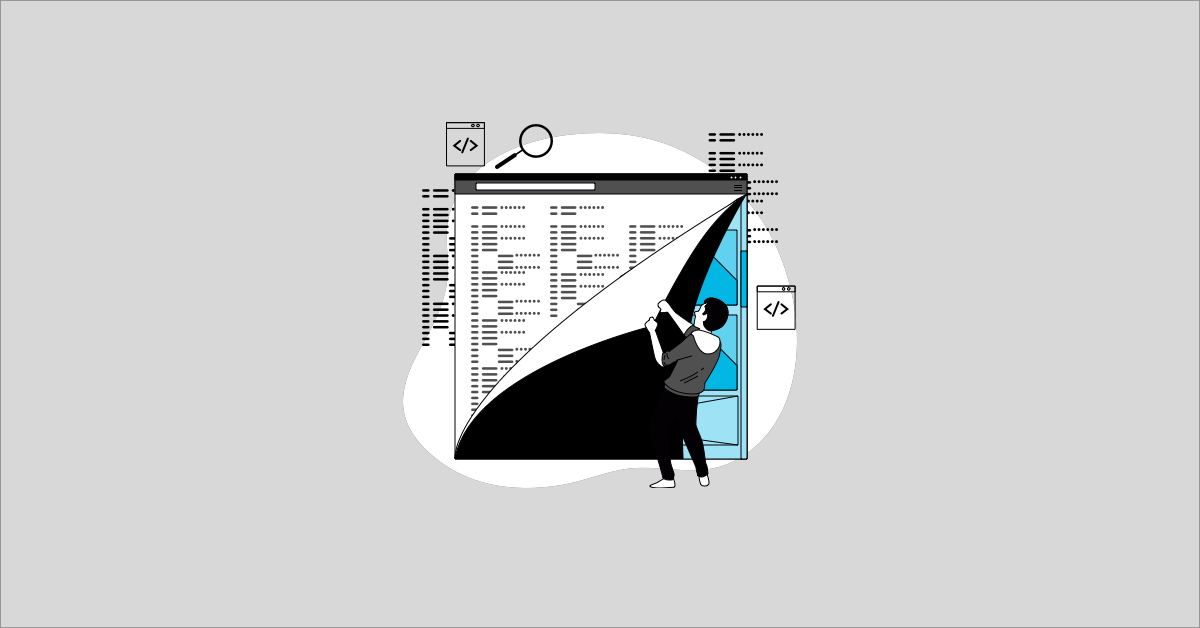Is getting a new software release out the door feeling like a constant uphill battle? Do bugs discovered late in the cycle consistently derail your timelines, leaving you backed up and frustrated? If your organization struggles with release delays, the culprit might lie in your current testing and validation processes. Many companies unwittingly add friction by waiting too long to tackle quality. It's time to talk about shifting left – and how this fundamental change can accelerate your releases and empower robust regression automation.

Late-Stage Validation as a Release Bottleneck
In traditional development models, quality assurance (QA) often functions as a final gate. Development completes, and then the validation process begins. This late-stage approach leads to a significant, often unseen, time sink:
- Extended Release Cycles: Once development is complete, the ball shifts entirely to QA. This phase involves not just executing tests, but also triaging discovered bugs, coordinating fixes, re-testing, and securing final sign-offs. For complex applications with numerous features and integrations, this can easily consume days, if not weeks. This extensive time commitment creates backlogs, forces difficult prioritization decisions, and ultimately delays your product's value reaching users.
- Reactive Problem Solving: When bugs are discovered late in the cycle, they are inherently more expensive and complex to fix. The longer a defect persists, the more interwoven it becomes with other code, increasing the risk of cascading failures and requiring more extensive rework.
This reactive approach puts immense pressure on release managers and QA teams, leading to missed deadlines and a perpetually slow pace of innovation.
Over-Reliance on Manual Testing in a "Right-Shifted" World
A primary symptom of not having "shifted left" is a heavy reliance on manual testing, even when done in tandem with some nascent automation. While manual testing remains invaluable for exploratory testing, usability feedback, and complex, nuanced scenarios, its pervasive use for repetitive validation creates significant blockers:
Imagine a comprehensive regression suite that takes an entire day for a single QA analyst to execute manually. If a critical bug is found and fixed, that full day of re-testing might be needed again, potentially multiple times. This creates a cascade of inefficiencies:
- Repetitive Strain & Burnout: Skilled manual testers spend valuable time on mundane, repetitive tasks rather than focusing on higher-value, critical thinking activities that truly require human insight.
- Increased Risk of Human Error: Monotonous, repetitive tasks inherently increase the likelihood of human error, potentially leading to missed defects that slip into production.
- Inability to Scale: As applications grow in complexity and features, the manual effort required scales disproportionately. Small QA teams quickly find it impossible to keep pace with the demands of frequent releases.
- The Ultimate Bottleneck: Ultimately, the speed of your slowest manual test cycle dictates the speed of your entire release train. If your QA team is spending days on manual regression, your developers are waiting, and your product isn't reaching users.
This isn't to diminish the essential role of manual testing, but to highlight its limitations when it remains the primary method for high-cadence release cycles. It's a clear indicator that testing activities are too far to the "right" of your development process.
Shifting Left with Robust Test Coverage and Automation
Strategically improving test coverage and automation by “shifting left” can be a good solution to these pervasive challenges. This means embedding quality and testing activities earlier in the software development lifecycle, making them an integral part of every stage, not just a final gate.
Here’s why embracing the shift-left philosophy, powered by robust automation, is essential for accelerating release cycles and enhancing overall efficiency:
- Speed and Efficiency: By automating repetitive tests – especially comprehensive regression suites – you can reduce the time it takes to run hundreds, even thousands, of test cases between 50 and 80%. This drastically reduces the time spent on validation at the end of the cycle.
- Early Feedback & Cost Savings: When automated tests are integrated into your Continuous Integration/Continuous Delivery (CI/CD) pipeline, they run automatically with every code commit. Developers receive immediate feedback on potential issues. Significantly reducing the time it takes to identify and fix bugs within hours or minutes, as opposed to days or weeks, leads to exponential cost savings.
- Consistent Quality & Reduced Risk: Automated tests execute the same steps every time, ensuring consistent validation and significantly reducing the risk of human error or missed edge cases. This proactive approach leads to a more stable and reliable product from the outset.
- Optimized Resource Allocation: By offloading the burden of repetitive, manual regression to automation, your skilled QA team is freed to focus on critical activities: exploratory testing, complex new feature validation, and providing crucial usability feedback – areas where human intelligence and intuition truly shine.
- Confidence in Releases: A comprehensive and rapidly executing automated test suite provides a high level of confidence in the quality of each release. This confidence empowers your teams to push new features to production with less hesitancy and fewer unplanned delays.
MuukTest empowers organizations to make this crucial shift-left transition seamlessly. Through our AI-powered platform and a "QA as a Service" model, we enable customers to rapidly build and maintain extensive automation coverage. This transforms the validation phase from a time-consuming bottleneck into an efficient, proactive engine for rapid, high-quality software releases, allowing your internal teams to focus on innovation and higher-value tasks.
Moving Forward: From Bottleneck to Engine
Ultimately, the goal isn't to eliminate validation; it's to make it smarter, faster, and more effective. For companies currently struggling with slow releases due to late-stage manual testing, embracing the "shift-left" philosophy and strategically investing in automation (especially for regression) is the clear path forward. By fostering a collaborative environment where quality is built-in from the start, you can transform your testing phase from a bottleneck into a powerful, predictable engine for rapid, high-quality software delivery.

Frequently Asked Questions about Shifting Left
1. What does "shifting left" mean in software testing, and why is it important for faster releases?
"Shifting left" means embedding quality and testing activities much earlier in the software development lifecycle, rather than just at the end. It's crucial for faster releases because it helps catch bugs when they're cheaper and easier to fix, reduces the time spent on validation at the end of the cycle, and turns testing from a bottleneck into an accelerator for your release cadence.
2. How does relying heavily on manual testing create a "release bottleneck"?
* Answer: Heavy reliance on manual testing, especially for repetitive tasks like regression, slows down releases significantly. It creates a bottleneck because manual execution is time-consuming, prone to human error, and doesn't scale as your application grows. If a bug is found, the entire manual re-testing process has to restart, delaying your product from reaching users.
3. What are the key benefits of automating tests, especially for regression, when adopting a shift-left approach?
Automating tests, particularly for regression, offers immense benefits:
- Speed and Efficiency: Automated tests can run thousands of cases in minutes.
- Early Feedback: Integration into CI/CD pipelines means immediate bug detection after code commits, saving significant rework costs.
- Consistent Quality: Tests run identically every time, reducing human error.
- Resource Optimization: Your QA team can focus on complex, exploratory testing.
- Increased Confidence: Faster, comprehensive testing leads to greater assurance in releasing new features.
4. How does early bug detection (a core benefit of shifting left) save time and money?
Bugs discovered early in the development cycle are inherently less expensive and quicker to fix. When you "shift left," automated tests provide rapid feedback, often catching issues within hours or minutes of their introduction. This prevents defects from becoming deeply integrated into the codebase, which would make them much more complex and costly to resolve later on.
5. How can organizations that are currently "right-shifted" start their journey towards shifting left and greater automation?
Organizations can begin by strategically investing in automation, particularly for repetitive regression tests, to offload manual burdens. Leveraging expertise through models like "QA as a Service" can help rapidly build test coverage and integrate automation into existing CI/CD pipelines. The goal is to move testing earlier in the development process, fostering a more collaborative environment where quality is built in from the start.




%20(1).png?width=150&height=69&name=MuukTest-logo---light-background%20(3)%20(1).png)

